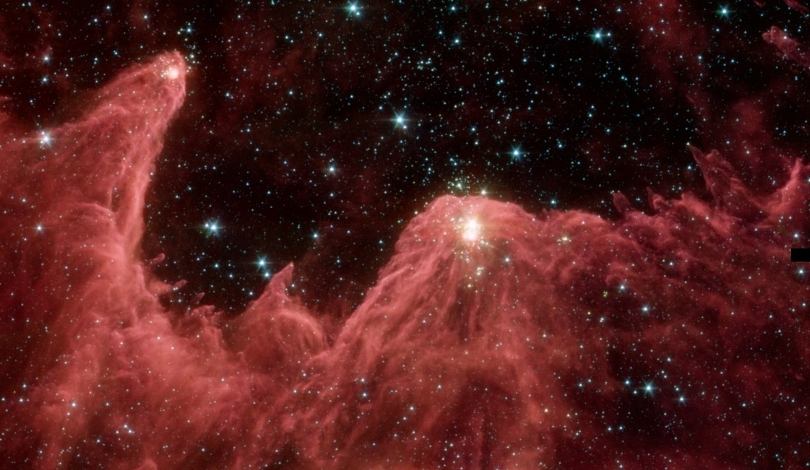Mars, the Red Planet, continues to intrigue scientists with its complex geological history. A team of researchers has unveiled a new gravity map of Mars, providing insights into the planet‘s subterranean mysteries. The map reveals dense structures beneath Mars’ ancient ocean bed and highlights the influence of mantle processes on Olympus Mons, the largest volcano in our solar system. This discovery comes as planetary scientists seek to deepen their understanding of Martian geology and its implications for the planet’s evolution.
Recent research has consistently indicated that Mars’ surface features and underlying structures are more dynamic than previously thought. Earlier studies focused on the Tharsis volcanic region, revealing resurfacing events in the geologically recent past. This ongoing research further supports the idea that Mars might still harbor active geological processes, challenging previous assumptions about the planet’s quiescence. The new gravity data aligns with accumulating evidence pointing to potential volcanic activity beneath Mars’ surface.
Reevaluating Mars’ Geological Concepts
The new map, compiled using data from missions like NASA‘s InSIGHT, challenges established geological theories regarding Mars. Notably, the results contest the concept of flexural isostasy, which describes how a planet’s lithosphere responds to loading. On Earth, this principle explains phenomena like glacial rebound. However, the data indicates that Tharsis Montes, the volcanic region on Mars, defies this principle by being more elevated than expected. Such findings suggest the need to reconsider how Mars’ lithosphere supports massive volcanic formations.
Understanding Martian Mantle Dynamics
The study also suggests active processes within Mars’ mantle, providing a potential explanation for the elevation of the Tharsis region. Researchers identified a substantial underground mass, possibly a mantle plume, contributing to the uplift of Olympus Mons and the surrounding area. This plume may play a role in future volcanic activities on Mars. Despite the absence of visible volcanic features, the findings imply dynamic mantle processes that could reshape the planet’s surface over time.
Uncovering Subsurface Anomalies
Further analysis of the gravity map revealed unexplained dense structures beneath Mars’ northern polar plains. These anomalies, buried under ancient ocean sediments, show no surface traces but bear resemblance to gravitational features seen on Earth’s Moon. The origin of these structures remains a mystery, prompting calls for more data to unravel Mars’ geological history. Scientists propose the Martian Quantum Gravity (MaQuls) mission to enhance our understanding of these hidden features through advanced gravitational measurement techniques.
Insights from the latest gravity map of Mars highlight the planet’s complex geological history, pushing scientists to rethink existing theories and explore new avenues of research. The proposed MaQuls mission could significantly advance our knowledge of Mars’ subsurface dynamics. Understanding these hidden structures is crucial not only for unraveling Mars’ past but also for assessing its potential for future volcanic activity. As researchers continue to explore Mars, these findings underscore the importance of continuous observation and analysis in uncovering the planet’s mysteries.










